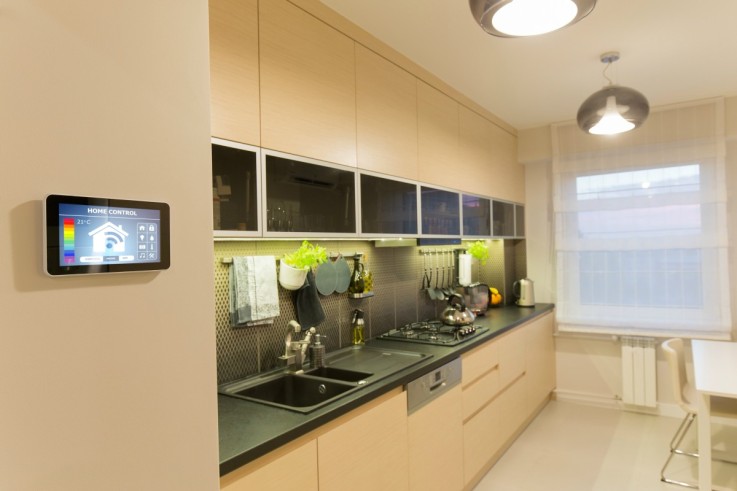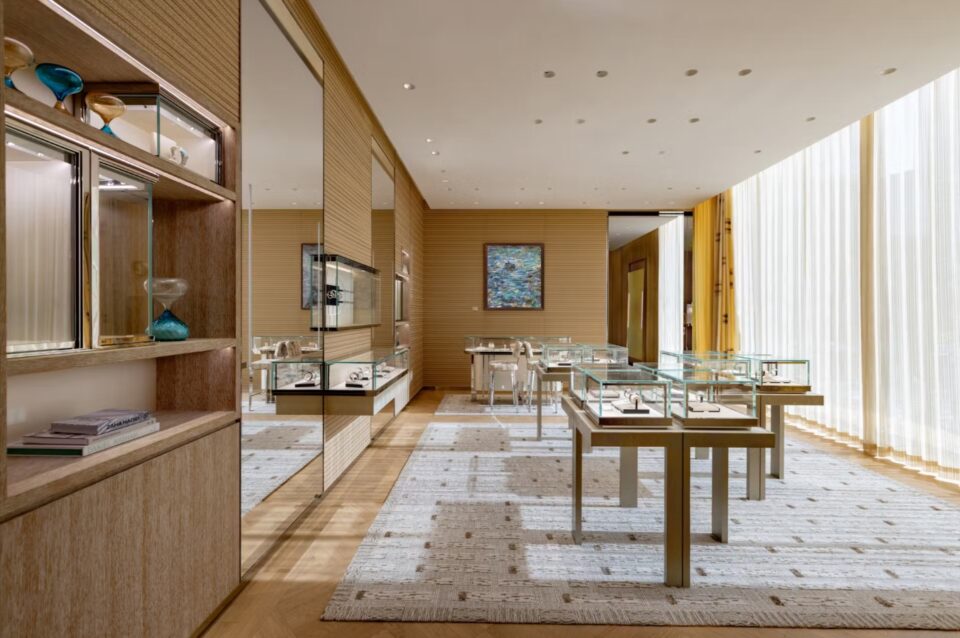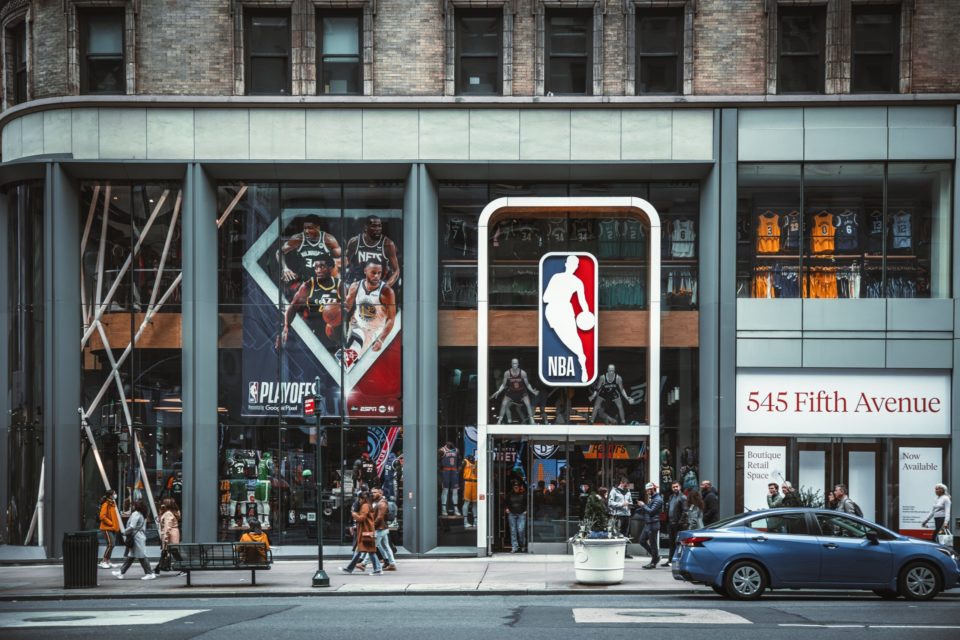What does the connected home mean for the future of retail?
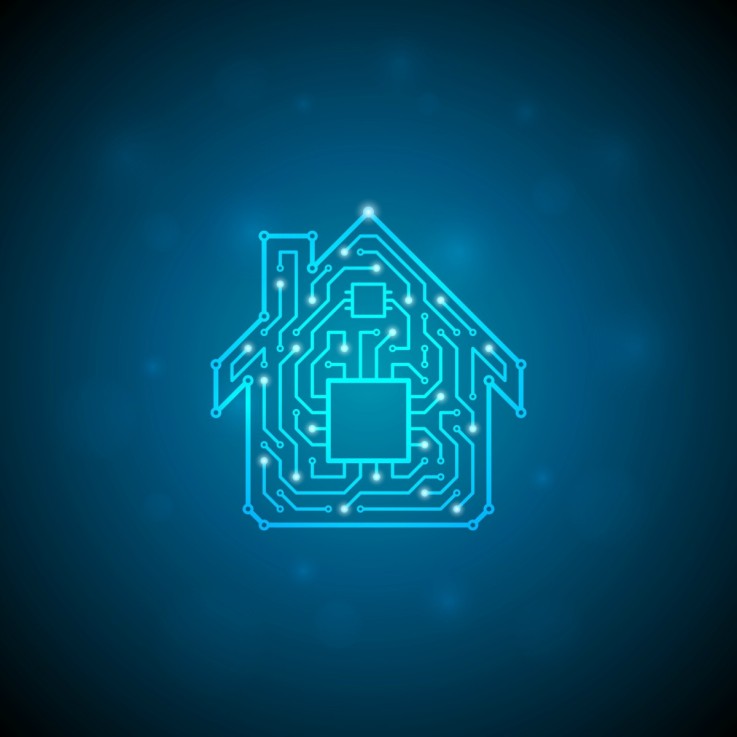
When people talk about the connected home they tend to focus on devices: solutions for the automation of turning on the lights or setting the temperature, connected appliances or security systems. But actually the Internet of Things (IoT), where devices and systems connect to the internet to talk to us, each other and apps, makes the connected home about so much more.
Many people are only now getting their heads around what this connectivity might mean for them. And that goes for whole industries as well. The potential of the IoT, and we’re not only talking about in the home here, to revolutionise how we live our lives is very real. How we buy things is a prime example – and if it can change how we buy, then it may also change how retailers sell to us.
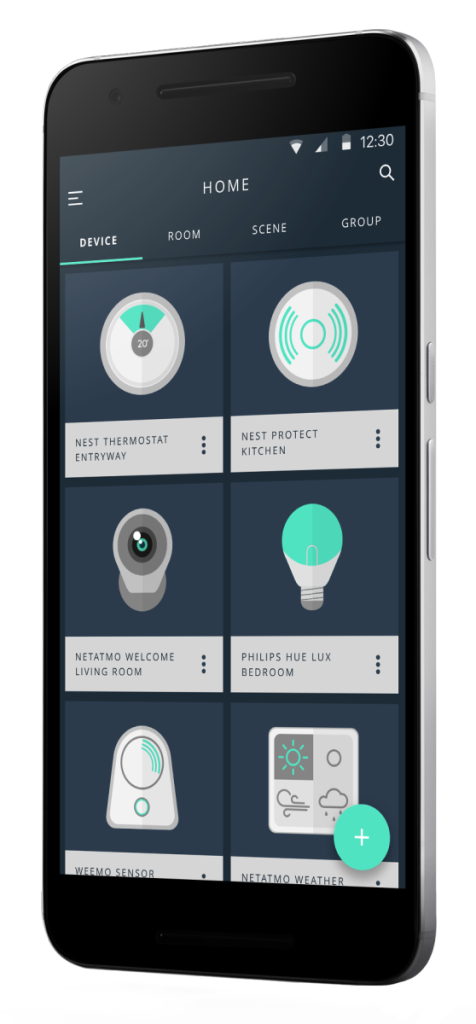
The foundations of the connected home
So, how do you start a disruption like this? First, you’ve got to get the foundations right. Loxone is one home automation solutionhelping customers centrally manage their smart devices. The company uses a miniserver and app to create a complete ecosystem. Philipp Schuster, MD of Loxone UK, explains how the idea of a connected home is growing: “The demand for a connected home is increasingly apparent with 69% of consumers wanting smart technology in their house.
“However if retailers want to take advantage of this demand, they must be prepared to help consumers understand the plethora of connected devices available and be clear on the tangible benefits in order to ensure wider adoption and mass sales. Unfortunately a large amount of the piecemeal devices already on the market can lead to confusion and may fall short on the user experience due to their complexity, unnecessary features and lack of integration with each other,” he continues.
Formerly known as Alfred Smart Home, Gideon is an app-based smart home solution that lets people manage their connected home devices. For Marco Matera, Gideon’s Chief Commercial Officer & Co-Founder, the smart home is really about lifestyle management: “The smart home is just a small piece of the ecosystem, what really makes the difference are the users and their lifestyle.
“Since we started working on our platform we made several changes due to the changing need of the users – they could shop online even before the smart home, what is changing now is that IoT enabled devices, such as Amazon Echo, now make you feel like you’re in control of your life.”
While it’s exciting to think about the applications, Schuster warns that getting the foundations of the connected home right are crucial to making them happen: “An alternative option for retailers is to consider focusing on holistic solutions, where all devices across the home really are connected and ‘speak’ to each other effectively. If retailers are serious about the connected home, they need to support customers in making the right smart home choices from the start. Success will come from developing an appreciation for complete solutions that can provide a future-proofed smart home, and not just a property filled with disconnected gadgets that will not last the test of time.”

A means of management
Along with smartphones, it seems as though the connected home is heading towards becoming a management tool for our lives. And not just for the direct ecosystem of the home though. The IoT means that the connected home will increasingly be a hub for a whole suite of activities and services that we carry out on a regular basis.
If This Then That or IFTTT is an automation solution that helps users manage their lives by creating ‘Recipes’ that connect different servicestogether. Anne Mercogliano, VP of Marketing shares this idea of making smart services work for users in ways that benefit them: “As the IoT evolves, more and more things will become services. Lights, appliances, stores, organisations, governments, pets, television channels — anything that is powered by electricity, and many things that aren’t, will now have this potential. You will definitely see the same trend with retail as well.”
She continues: “Of course, each new service means a new account, a new app or device, and more data to manage. There’s no scalable way for all of these services to work together. That’s where IFTTT comes in: we empower you to manage all of these services with confidence and create new opportunities for them to interact. We want our users to feel in control, secure in the knowledge that all the services they choose to bring into their lives will work together seamlessly.”
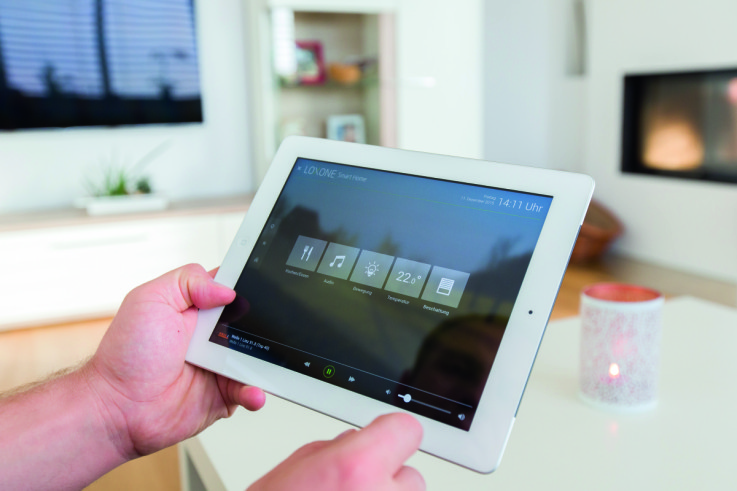
Buying through the connected home
What are the specific retail applications for the smart home then? For retailers the connected home presents new opportunities to talk to customers in their homes, outside of traditional media advertising. It also enables new service offerings designed to make life simpler and easier for customers. For customers it’s another portal through which to make purchases, and to take some of the work out of that.
While we’re still learning exactly what this looks like in practice, Mercoglianosees numerous uses: “The connected home means many more ways to help us with our shopping decisions. We can easily remember to add things to our shopping lists, keep track of our house or what is at home while we are out, and even have access to retail stores APIs to understand what is in stock and what is on its way.”
Matera also believes that the scope is broad: “What we’re focusing on is connecting corporates or big brands directly with your home. An example, what if you receive cereals the day you’ve thrown away the empty package? Same applies for the eggs or for the coffee or soap for the washing machine. This is just an example to explain how it applies to everything.”
Where does this leave the rest of retail?
As to where the connected home leaves the rest of the retail ecosystem, again only time will tell. It is likely to take time for smart home devices to reach significant penetration, and for people to make them an intrinsic part of their lives, rather than just a new way of turning on the lights. But you only have to look at how crucial smartphones have become for many to see the potential.
The connected home has the capability to change the way we order things, take delivery, communicate with companies, browse and more. As such, it will likely sit alongside the physical, online and mobile offerings as part of a truly multi-channel ecosystem built around the customer.
Indeed, Mercogliano thinks the future is about utilising all channels to achieve maximum benefit: “The future of retail with connected devices means that it isn’t just a dichotomy of turning to the web or heading to the store. Retail decisions and research won’t just be done in web or on an app or walking down the aisles. We see bots on the horizon, here to help, widgets and digital assistants. It isn’t going to be about a race of which one will “win it all” but we will be using them all when they make our lives easier.”
Of course, there’s also the possibility that the connected home could disrupt things more than originally conceived. Particularly when it is paired with other technologies looking to gain greater traction, such as virtual reality and augmented reality.
For Matera the connected home is part of an overall shift in retail which could mean the future looks very different: “I think that the overall experience in the store will change completely, when virtual reality is something that everyone can have the store will be unnecessary, people can just wander around a virtual shop and buy whatever they want online. What we’re doing, but not just us, is connecting the user to what’s around him.
“The key for connected living is in the insights that companies gather from the users. From what we’ve seen it won’t take long before the store experience will change radically – when at least 50% of the UK population will have a smart home linked to their Amazon account, physical store presence will be much lower,” he concludes.
Find out more about how the connected home is accelerating in our interviews with Gideon and IFTTT.
Watch this space for more interviews, retail openings and retail innovations. You can also follow us on Twitter, Facebook or check out our LinkedIn page. See you soon!

